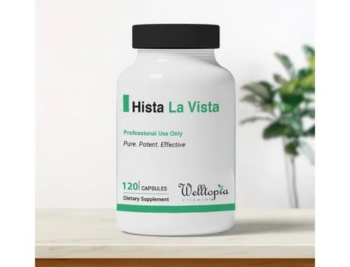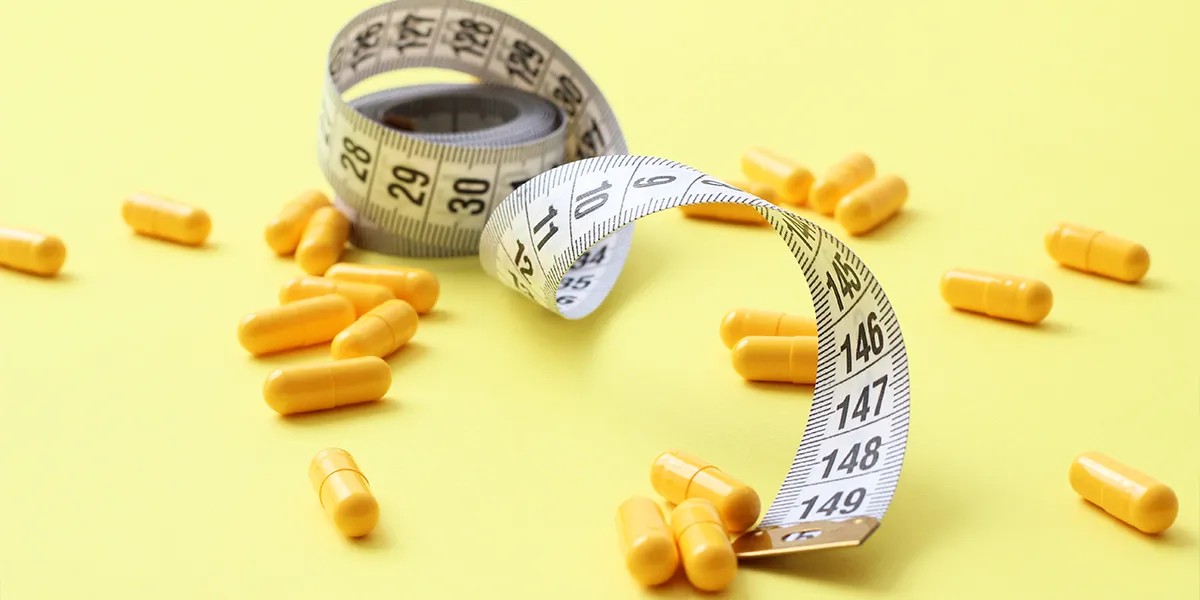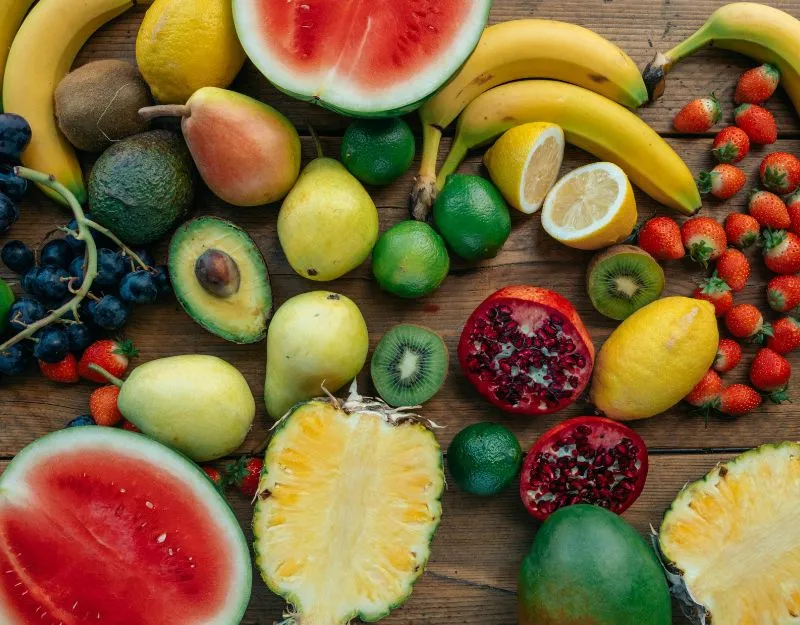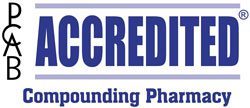Quercetin Supplement Overview:
Quercetin is classified as a flavonoid, a plant pigment that can be found in various foods and plants like red wine, onions, green tea, apples, and berries.
Quercetin possesses both antioxidant and anti-inflammatory properties, which have been associated with potential health benefits such as reducing inflammation, combating cancer cells, regulating blood sugar levels, and preventing heart disease.
Health Benefits of Quercetin Supplement
Quercetin is commonly utilized to treat heart and blood vessel conditions and as a preventive measure against cancer. Moreover, it is employed for the management of arthritis, bladder infections, and diabetes. However, it’s important to note that the scientific evidence supporting these uses is limited.
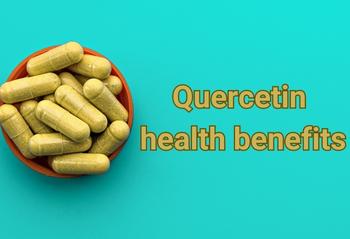
Side Effects OF Quercetin Supplement
Quercetin is commonly present in a wide range of fruits and vegetables and is considered safe for consumption.
As a dietary supplement, quercetin is generally regarded as safe with minimal to no notable side effects. However, exceeding the recommended dosage of 1,000 mg per day may lead to mild symptoms like headaches, stomach discomfort, or tingling sensations.
While quercetin from dietary sources poses no known risks for pregnant and breastfeeding women, the safety of quercetin supplements specifically for these populations remains understudied. Consequently, it is advisable for individuals who are pregnant or nursing to avoid taking quercetin supplements until further research is conducted.
Uses Of Quercetin Supplement
Quercetin has been the subject of thorough scientific investigation, uncovering a diverse array of potential health benefits.
A significant advantage is its capacity to alleviate inflammation, which is associated with chronic conditions like cancer, heart disease, and kidney diseases.
Quercetin’s anti-inflammatory properties may also provide relief from allergy symptoms. However, further research is needed to determine its effectiveness as an alternative treatment for allergies in humans.
The antioxidant properties of quercetin have also shown potential anticancer effects. Studies have demonstrated its ability to inhibit cell growth and induce cell death in various types of cancer cells, including prostate, liver, lung, breast, bladder, colon, ovarian, lymphoid, and adrenal cancer cells.
Moreover, quercetin’s antioxidant properties may offer protection against degenerative brain disorders such as Alzheimer’s disease and dementia.
Quercetin has also shown promise in lowering blood pressure by relaxing blood vessels, as indicated by several studies.
Other potential benefits of quercetin include its ability to combat aging by rejuvenating or eliminating aging cells and reducing markers of aging. It may also have a slightly positive impact on endurance exercise performance and aid in blood sugar control by reducing fasting blood sugar levels and protecting against diabetes-related complications.
While the current research findings are encouraging, further studies involving human subjects are necessary to validate and gain a comprehensive understanding of the full potential benefits of quercetin.
Quercetin Supplement Dosage
Adults commonly take quercetin orally in doses ranging from 250 to 1000 mg per day for a duration of up to 12 weeks. To determine the most suitable dosage for a specific condition, it is recommended to consult with a healthcare professional.
Sources Of Quercetin Supplement
1. Onions
Quercetin is naturally present in all types of onions, with red and yellow onions having higher concentrations of this pigment. To ensure optimal quercetin intake, it is advisable to peel off as little as possible from the outer layers of onions when preparing them.
2. Kale
Kale has rightfully earned a reputation as a highly nutritious vegetable, and it is also a rich source of quercetin.
3. Cherry tomatoes
While quercetin is found in all tomatoes, cherry tomatoes are particularly beneficial as they have a higher ratio of skin to flesh, which translates to increased quercetin content. Furthermore, cherry tomatoes are a low-calorie snack option, with only 37 calories per dozen.
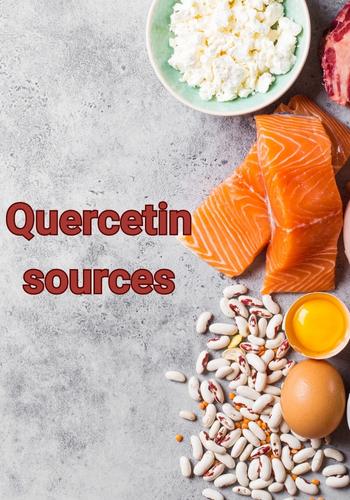
4. Broccoli
In addition to quercetin, broccoli is abundant in other essential nutrients like vitamin K and vitamin C. It also contains kaempferol, another flavonoid that possesses potent antioxidant properties. Moreover, a one-cup serving of broccoli provides 5 grams of dietary fiber.
5. Blueberries
Blueberries are renowned for their antioxidant capacity. In addition to quercetin, they contain a diverse array of 17 phytochemicals, including resveratrol, a well-known antioxidant also found in red wine.
6. Apples
Apples are a rich source of quercetin and provide four different phytochemicals, along with a beneficial dietary fiber known as pectin. To fully benefit from quercetin, it is recommended to consume apples with their peel intact, as apple juice does not offer the same advantages as consuming the whole fruit.
How Quercetin Supplement Work?
Quercetin plays a crucial role in scavenging free radicals within the body. These free radicals have the potential to harm cell membranes, interfere with DNA, and even trigger cell death. Antioxidants, including quercetin, possess the ability to counteract the damaging effects of free radicals. By neutralizing them, antioxidants can mitigate or even prevent the harmful consequences caused by these unstable particles.
IS Quercetin Supplement Safe To Take Daily?
Quercetin is generally considered safe for daily use as a dietary supplement when taken within the recommended dosage range. However, it is always advisable to consult with a healthcare professional before starting any new supplement or making changes to your daily regimen. They can provide personalized advice based on your specific health circumstances and any potential interactions with medications or existing conditions you may have. Additionally, it is important to follow the recommended dosage instructions provided by the manufacturer or healthcare professional to ensure the safe and effective use of quercetin.
How Much Quercetin Supplement Should you Take?
The appropriate dosage of quercetin supplement can vary depending on various factors, including the individual’s age, health condition, and specific goals. It is always recommended to consult with a healthcare professional before starting any new supplement and to get personalized advice based on your specific needs.
That being said, the typical dosage range for quercetin supplements is usually between 500 mg to 1,000 mg per day, taken orally. However, individual dosages may vary. It is important to follow the dosage instructions provided by the manufacturer or as recommended by your healthcare professional.
Keep in mind that higher dosages of quercetin may increase the risk of potential side effects, such as headaches, stomach discomfort, or tingling sensations. It is important to start with a lower dosage and gradually increase it if needed, while closely monitoring your body’s response.
Remember, it is always best to consult with a healthcare professional who can take into account your specific health circumstances and provide personalized guidance on the appropriate dosage for you.
How Do You Get Best Quercetin Supplement? -Hista La Vista®
Hista La Vista powerful combination includes quercetin, bromelain, stinging nettles leaf, and N-acetyl cysteine.
Supports Immune Balance in Hypersensitive Individuals.
Supports Sinus and Respiratory Health.
Promotes Normal Viscosity of Mucus.
Clears Nasal Passages.


